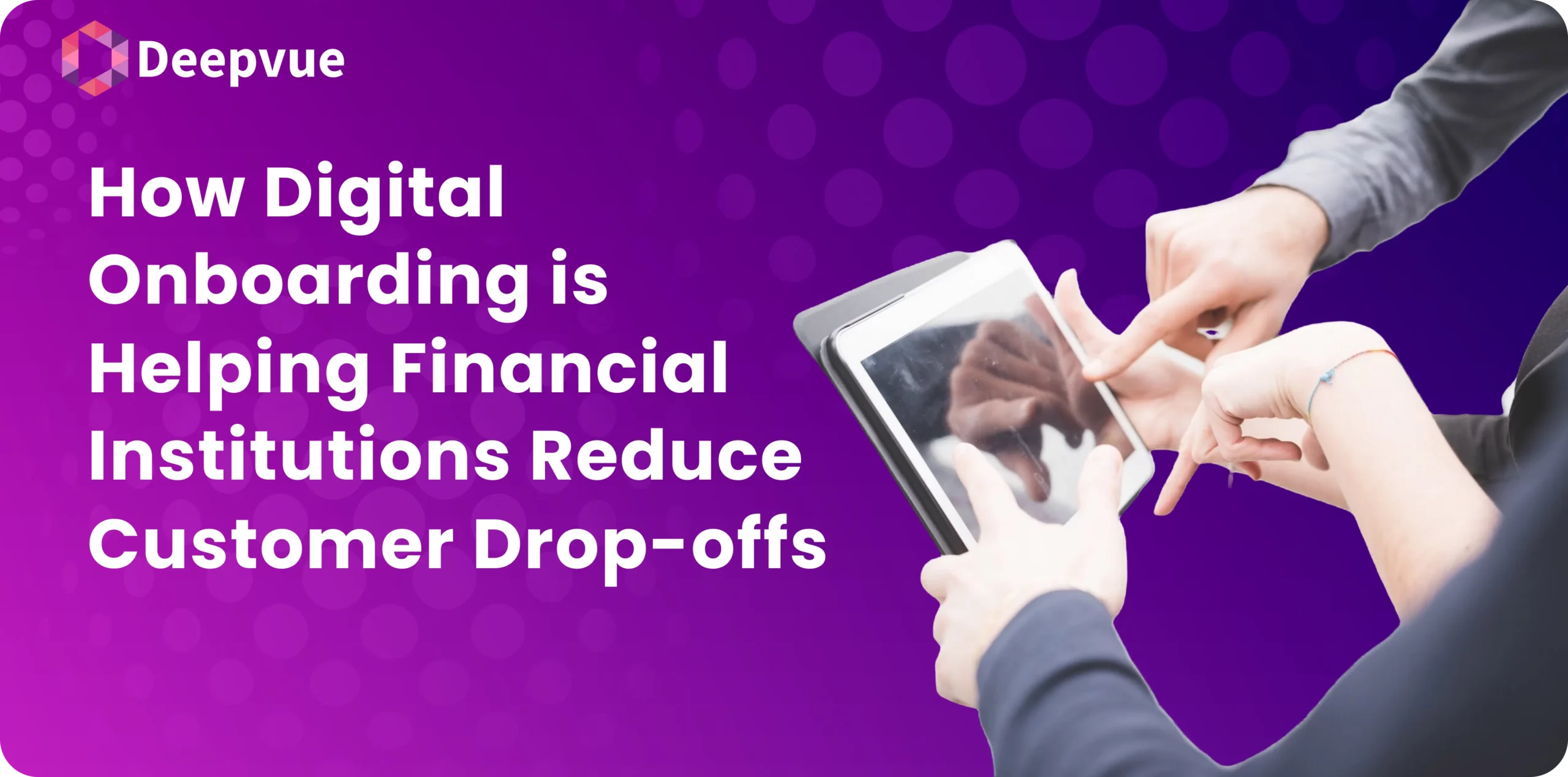This is the era of digitalization, and it has touched almost every sector, including financial institutions, to ease daily tasks and complete them more efficiently and appropriately.
What is Digital Onboarding?
Digital onboarding is a process where financial institutions create accounts for customers’ financial transactions by conducting KYC and other formalities digitally. This onboarding eliminates the need for physical documentation and offers a more efficient, secure, and accessible customer experience.
Difference between Digital Onboarding and Traditional Onboarding of Customers.
In traditional onboarding, customers in financial institutions made multiple physical visits to the branch, signed many physical documents, and filled out paper forms. This process was time-consuming and sometimes inconvenient for the customers.
However, digital onboarding has eliminated the requirement of filling out physical forms or providing physical documents and everything can be done digitally by uploading required documents anytime, anywhere by visiting the website of the financial institution or by reaching out to the representative of the financial institution.
Why is digital onboarding of the customer important for financial institutions?
Digital onboarding of customers plays a very important role in financial institutions as the smooth and efficient onboarding process can lead to significantly higher customer satisfaction and retention from the outset.
It serves as the first impression to the customer of the bank’s services and capabilities, influencing their decision to continue using the bank’s products.
Additionally, a well-designed onboarding digital process can streamline compliance with regulatory requirements, reduce the risk of fraud, and facilitate the collection of valuable client data.
Here are a few points that explain why digital onboarding of customers is important:
Meet regulatory requirements
For financial institutions, it is very important to meet regulatory requirements such as KYC and Anti-Money Laundering (AML) mandates and background checks to prevent financial crimes.
A robust customer onboarding banking process ensures that institutions comply with these regulations by accurately collecting, verifying, and storing customer information. In turn, banks safeguard the financial system’s integrity and maintain customer trust.
Minimize fraud risk
Effective customer onboarding processes in financial institutions play a vital role in minimizing the risk of fraud. By implementing advanced verification methods and security checks during the initial stages of onboarding, banks can identify and deter potentially fraudulent activities.
This not only protects the bank’s assets but also secures customers’ personal and financial information, reinforcing the trust and confidence customers place in their banking institutions.
Improve customer experience
A seamless and user-friendly client onboarding process is key to improving the overall customer experience. By reducing complexities, eliminating unnecessary steps, reducing manual data entry, and incorporating intuitive digital interfaces, banks can ensure that new customers face minimal friction in starting their banking journey. Plus, a positive onboarding experience can keep customers engaged, encouraging clients to explore and use more of the bank’s services.
Increase customer loyalty
The initial customer interactions between a client and a financial institution during the onboarding process can significantly influence customer loyalty. Financial institutions that offer a personalized, efficient, and supportive onboarding experience are more likely to foster long-term relationships with their customers.
This loyalty not only enhances customer retention rates but also turns satisfied customers into advocates for the bank, driving organic growth through word-of-mouth referrals.
How Digital Onboarding Reduces Customer Drop-Offs
Digital Onboarding offers benefits to both financial institutions and customers and one of the major benefits to the financial institution is the reduction of customer drop-offs.
Digital onboarding in banking significantly expedites the process of acquiring new customers. It enables potential customers to apply for services online, effectively eliminating the need for physical visits. Swift identity verification and account setup enhance the overall customer experience.
Additionally, the availability of comprehensive information and support during the process instills confidence in customers. Reduced friction and quicker turnaround times make more customers inclined to engage with the bank’s offerings, ultimately resulting in higher acquisition rates.
Benefits of Digital onboarding:

Streamline administrative tasks:
Digital onboarding comprises of complete set of tasks from form filling to data verification on real real-time basis, which helps the financial institution to make immediate decisions over approval on onboarding or communication of pendency to the customers.
Faster onboarding:
Digital onboarding enhances the customer experience by providing faster and more efficient onboarding. As the time-consuming administrative task is streamlined, it significantly reduces the time of onboarding.
Customized service:
The digital onboarding system analyzes the financial behavior of the customers and offers them services linked with accounts as per their preferences and increases customer acceptance towards financial institutions.
Enhance Security:
Digital onboarding helps financial institutions enhance security by using strong identity verification technologies, such as facial recognition and biometric authentication, which enhance customer trust.
Conclusion
Digitalization has changed everything and has given great experience to the user and it is important for financial institutions to incorporate the same in customer onboarding in order to enhance their experience and retain them.
FAQs
What is the customer onboarding process?
The customer onboarding process means the introduction of new customers to the banking channel for the use of financial services provided by the financial institution by following adequate procedures and submission of required documents.
Is digital onboarding safe?
Digital onboarding where customers use online portals for account opening can be safe if the financial institutions implement proper security measures and comply with regulatory standards.
What are the risks of digital onboarding?
Digital onboarding is efficient and convenient but it also comes with risks like digital fraud which can be tackled by implementing proper security measures and complying with regulatory standards.





![Hand holding an identity card against a purple background with the text "Top 10 PAN Card Verification API Providers In India [2024]" and the Deepvue logo.](https://deepvue.tech/wp-content/uploads/2024/07/Frame-95-scaled.webp)


